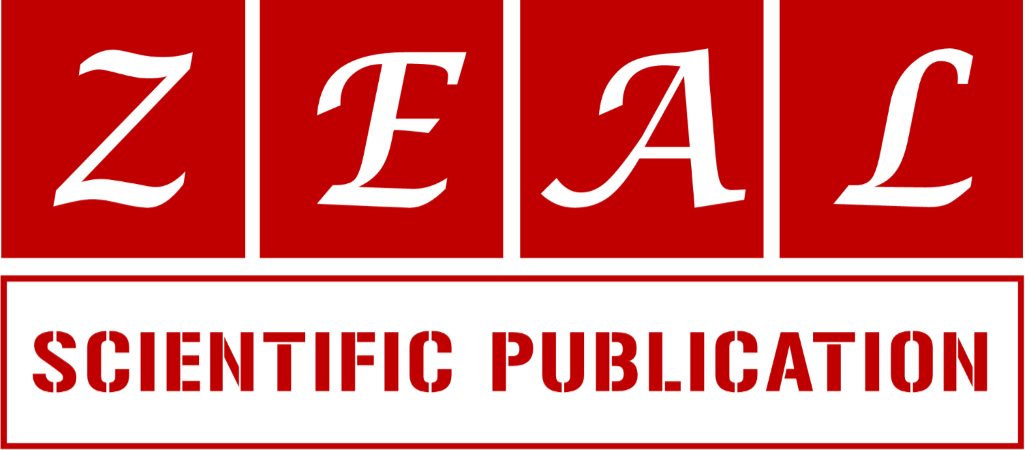Congenital fetal malformations: The challenges of diagnosis and management in a resource-poor nation – the role of ignorance: A case report
1 Department of Obstetrics and Gynaecology, Faculty of Clinical Sciences, Delta State University, Abraka, Delta State, Nigeria.
2 Department of Surgery, Faculty of Clinical Sciences, Delta State University, Abraka, Delta State, Nigeria.
3 Department of Radiology, Faculty of Clinical Sciences, Delta State University, Abraka, Delta State, Nigeria.
4 Department of Family Medicine, Faculty of Clinical Sciences, Delta State University, Abraka, Delta State, Nigeria.
Case Study
World Journal of Advanced Pharmaceutical and Medical Research, 2024, 06(02), 021–024.
Article DOI: 10.53346/wjapmr.2024.6.2.0034
Publication history:
Received on 01 March 2024; revised on 22 April 2024; accepted on 25 April 2024
Abstract:
Regular ante-natal clinic attendance is routine and recommended for every pregnant mother worldwide. Antenatal care services are usually made easily accessible to all pregnant women and offered in most centres within or near communities. This is to encourage all would-be mothers to access the opportunity of being reviewed by trained experts when pregnant. During such visits, necessary routine investigations are carried out and the results are reviewed and acted upon by the midwife/physician. One such investigation is the obstetric ultrasound which should be done at least two times before delivery. This may not always be possible in a poor resource region like ours. Even where feasible, ignorance may militate against its use. So, invariably, many fetal congenital malformations are missed antenatally and diagnosis is only made at birth. Such was the case of Mrs XX. Unfortunately, even after delivery of the malformed baby ignorance still prevailed against proper management of the newborn.
Keywords:
Pregnancy; Antenatal care; Obstetric ultrasonography; Congenital malformations; Patient’s ignorance
Full text article in PDF:
Copyright information:
Copyright © 2024 Author(s) retain the copyright of this article. This article is published under the terms of the Creative Commons Attribution Liscense 4.0
